Art Market
13 Art Dealers Share the Books That Helped Them Navigate the Art World
Most of us suddenly have lots of reading time on our hands. As museums, galleries, and auction houses close shop in light of the COVID-19 pandemic, in-person art viewing goes on hiatus. This is a spiritual and financial hit for many of us whose lives revolve around the social and physical spaces of the art world. The paintings, sculptures, and performances that move us will no longer be at arms’ reach.
When I started working on this article a few weeks ago, I simply wanted to hear dealers recommend books that helped them navigate the art world. Yet when their answers began pouring in, I was surprised at the diversity of their picks (some dealers offered additional recommendations, included below). To navigate the art world, their selections suggest, one must have an imagination cultivated by fiction, a sense of romance about the business, and a keen curiosity about underlying social structures—and, apparently, an ability to broadly interpret a pretty straightforward prompt. As the news media bombards us with frightening updates at lightning speed, it’s as good a time as ever to find solace in language and storytelling of a very different kind.
Book: Just Kids (2010) by Patti Smith
Recommended by: Davida Nemeroff, founder of Night Gallery, Los Angeles
Davida Nemeroff recommends Patti Smith’s Just Kids (2010) to “artists looking for inspiration” and “people who missed the 1970s.” The National Book Award–winning memoir traces the poet and musician’s relationship with photographer
. They met, of course, when they were “just kids,” broke, hungry, and discovering their creative, sexual, and intellectual selves. The memoir follows the pair through their residency at the Chelsea Hotel and their interactions with the artists that came to define New York in the 1970s. It highlights, Nemeroff says, the “importance of friendship and solidarity as one starts a career in the arts.”
It’s a feel-good book, too. “Smith’s determination and loyalty to her loved ones is deeply inspiring,” says Nemeroff. The writer’s words “remind readers to see beyond the smoke and mirrors of the zeitgeist and devote themselves to the most honest work they can make.”
Book: In Praise of Shadows (1933) by Junichiro Tanizaki
Recommended by: Stephen Cheng, founder of Empty Gallery, Hong Kong
This book-length essay led gallerist Stephen Cheng to reconsider what’s missing from our daily aesthetic experiences. In the work, Tanizaki—a famous Japanese novelist who was shortlisted for the Nobel Prize in 1964—espouses a mindful appreciation of the world around him. “I love the part where he suspects that haiku poets of ages past received inspiration on the toilet,” Cheng says. “Also, the part where he describes the darkness of soup in a lacquerware bowl as a moment of mystery and trance.”
Tanizaki embraces darkness and obscurity, which can be deeply disconcerting to many of us—especially in times of crisis. Cheng’s favorite quote from the essay, which he recommends to anyone in need of something “not too short and not too long to read in the bathroom,” reflects on this theme. Tanizaki writes: “To snatch away from us even the darkness beneath trees that stand deep in the forest is the most heartless of crimes.”
Book: Ulysses (1922) by James Joyce
Recommended by: Sean Kelly, founder of Sean Kelly Gallery, New York
Art dealer Sean Kelly, a self-proclaimed bibliophile who reads two or three books per week, says Ulysses provides “a conceptual road map to how you navigate your life.” That extends to your relationships inside and outside the art world. Joyce’s modernist interpretation of Homer’s Odyssey follows Leopold Bloom through one day in Dublin: June 16th, also Kelly’s birthday.
Kelly estimates that he’s read the book 11 times now. “It taught me something very profound,” he says. When you read the book at different ages, “the book changes because you’ve changed. It teaches you something new every time. Only a great book can do that.” He admires the novel’s humor and humanity as it approaches such themes as honesty, morality, sex, love, and disappointment. Kelly calls it an “eternal poem” to be “listened to” (there are great audiobooks, to augment the text). Ultimately, he says, reading Ulysses is “a great journey.”
Book: Stet: An Editor’s Life (2000) by Diana Athill
Recommended by: Joost Bosland, director at Stevenson, Cape Town
As a founding editor at the prestigious British publishing house Andre Deutsch, Ltd., Diana Athill worked and socialized with midcentury writers including Jean Rhys, V. S. Naipaul, Norman Mailer, Philip Roth, and Jack Kerouac. Joost Bosland recommends Athill’s memoir, seeing similarities between the worlds of publishing and art. “Running a gallery is all about relationships,” says Bosland. “Along the way, one makes friends and mistakes and—if one is lucky—even a little bit of money.” Athill’s book reflects on all three. Bosland suggests the book for “anyone who runs a business representing artists,” whether their creativity resides in music, film, literature, or visual art. He thinks Athill perfectly captures the “balancing act of running a business while staying committed to art.”
In particular, Bosland recommends a riveting chapter on V.S. Naipaul, an author with Andre Deutsch who eventually left the publishing house. According to Athill, John Updike also raised the business’s profile. “May gallerists never forget it is our artists who make us distinguished, not the other way around,” says Bosland.
Book: Duveen: A Life in Art (2004) by Meryle Secrest
Recommended by: Xavier Hufkens, founder of Xavier Hufkens, Brussels
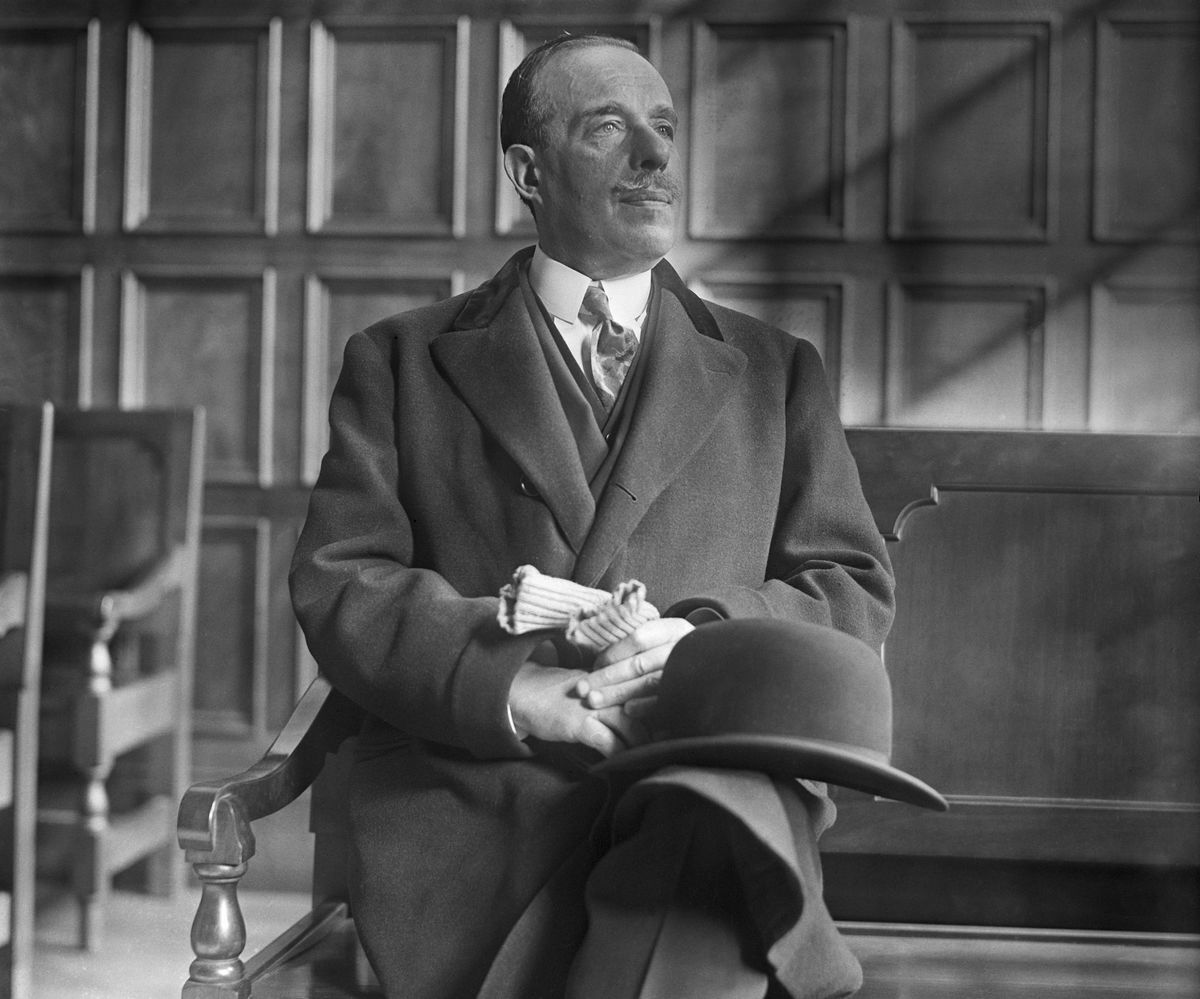
Portrait of art dealer Joseph Duveen as he appeared in court during trial of the action for $500,000, for libel brought against him by Mrs. Andree Lardoux Hahn of Kansas City, 1929. Photo by Bettmann/Contributor via Getty Images.
Lord Joseph Duveen was one of the most influential art dealers of all time. He specialized in European Old Masters and embraced a canny sales strategy: He bought paintings in Europe, where works were widely available, and sold them in the United States, where funds were plentiful. His clients included Henry Clay Frick, Andrew Mellon, and J. P. Morgan—industrialists and philanthropists whose collections have shaped art in America.Xavier Hufkens finds Meryle Secrest’s biography of the dealer to be “compelling and encouraging.” It’s a family tale and art history lesson all at once. Hufkens enjoyed learning about Duveen’s “eccentric business practices” and “the many controversies” in which he was involved. Duveen worked like a spy, relying on hotel employees, drivers, and butlers to update him on any art-related gossip. Hufkens says that the biography introduced him to Duveen’s “highly ingenious skills as a dealer and provided some rich insights into the foundation of many of America’s most esteemed art collections.” He adds that “perhaps the most valuable lesson it taught me was not to make certain mistakes!”
Book: Jack Goldstein and the CalArts Mafia (2003) edited by Richard Hertz
Recommended by: Chris Dorland, co-founder of Magenta Plains, New York
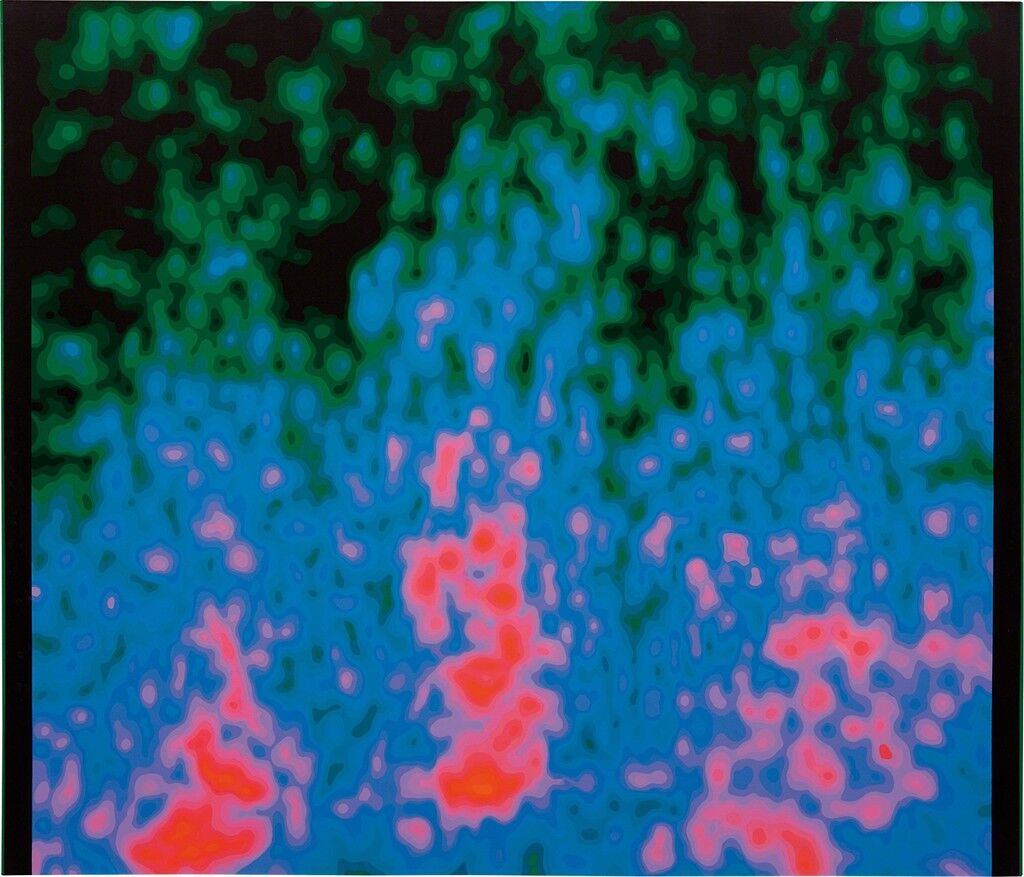
Jack Goldstein
Untitled, ca. 1986-1988
Phillips
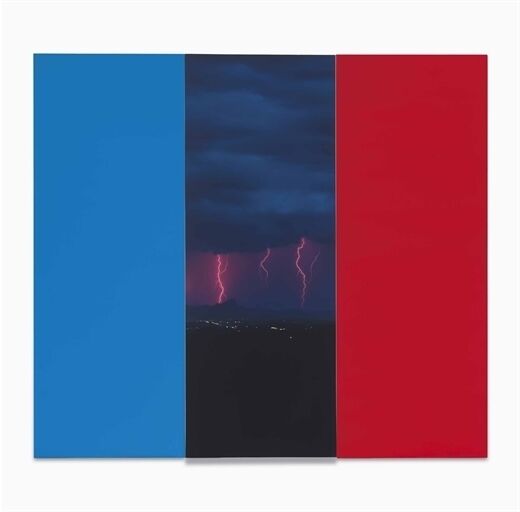
Jack Goldstein
Christie's
In the 1970s, a cohort of artists living in Los Angeles reshaped West Coast aesthetics. CalArts emerged, educating and connecting influential painters, photographers, and performance artists including
,
,
,
,
, and
. Jack Goldstein and the CalArts Mafia (2003) puts Conceptual artist
at the center of that story. Artist and gallerist
is a big fan of Goldstein’s work. The book, he says, moved him to “help and support artists [he] felt were underappreciated.” Talent is just a small piece of artistic success, after all.
Dorland describes the book as a harrowing tale of a very talented artist’s “tragic yet inspiring life.” Chapters alternate between Goldstein’s own voice and oral histories from his friends and colleagues. The artist hanged himself shortly after signing off on the manuscript. Jack Goldstein and the CalArts Mafia reflects his turmoil. Dorland admires Goldstein’s frankness at such a dark time. “He’s clearly at the end of the road. This is his last shot at laying out his story for posterity,” says Dorland. The narrative is “incredibly honest and genuine and, as with almost anything he has ever done, it has a beautiful and dangerous flair to it.”
Book: The $12 Million Stuffed Shark: The Curious Economics of Contemporary Art (2008) by Donald Thompson
Recommended by: Enrico Polato, founder of Capsule, Shanghai
Enrico Polato calls The $12 Million Stuffed Shark: The Curious Economics of Contemporary Art a “lexicon of the art world.” In the book, Donald Thompson demystifies art world dynamics and takes readers behind the scenes. Polato recommends the book to anyone interested in a fun, poignant account of the economics of contemporary art.
Yet the book can also be cringe-inducing. Polato mentions that he loved Thompson’s “Art of the Dealer” section, which details the gallery system and its major players with sharp humor. “From the perspective of a gallerist, this chapter reads like a self-analysis text; I couldn’t read it without feeling somehow exposed,” he says.
Book: Giacometti: A Biography (1997) by James Lord
Recommended by: Silke Thomas, director of Galerie Thomas, Munich
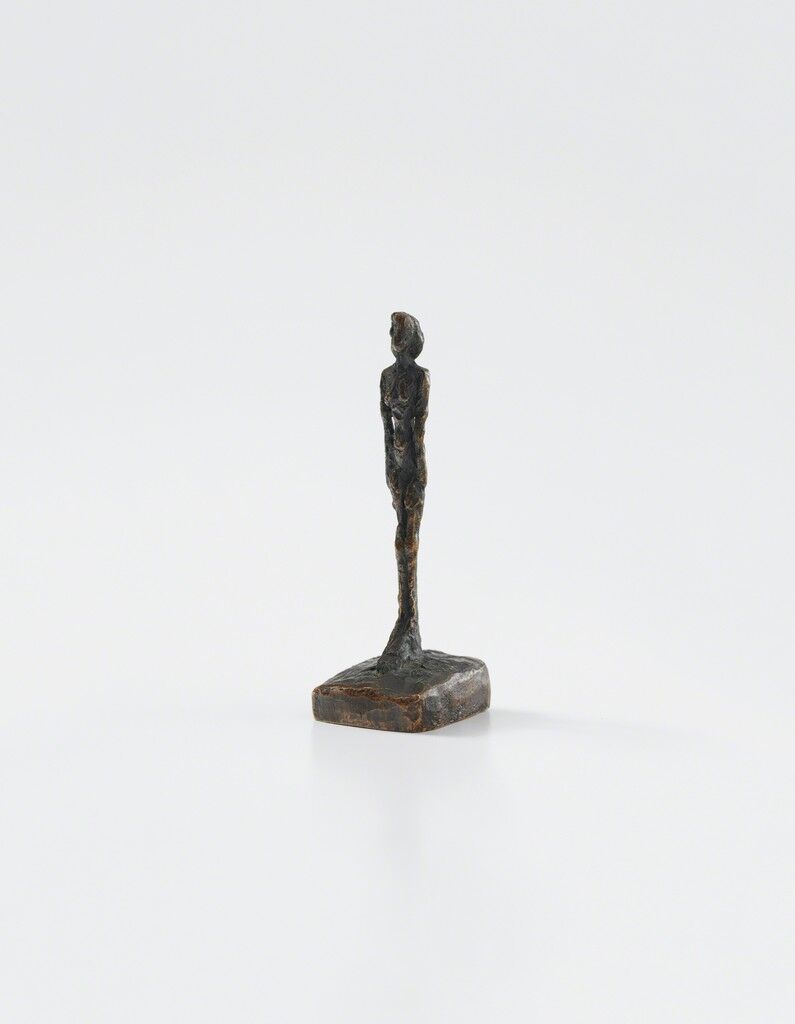
Alberto Giacometti
Figurine, Conceived in 1953-1954 and cast in 1969
Phillips
is famous for his skinny, haunting, figurative sculptures. Yet when she was reading James Lord’s biography of the midcentury Swiss artist, Silke Thomas was transfixed by the writer’s descriptions of Giacometti’s smaller works. She liked the idea of “catching an essence and keeping it in a matchbox. And the feeling of desperation that it is not possible to grasp it,” she says.
The book helped Thomas navigate the art world as it taught her that it’s the artist’s truthfulness, or the brutal sincerity in his work, that counts. “The magic we feel when we look at a real artist’s work is like peeking through a keyhole into the soul,” she says.
Book: Dark Money (2016) by Jane Mayer
Recommended by: Jasmin Tsou, founder of JTT, New York
Jasmin Tsou thinks that Jane Mayer’s Dark Money (2016) is crucial reading for anyone who has ever donated to or received funding from a foundation. The book details how billionaire brothers David and Charles Koch shaped Libertarianism in the United States with their wealth. Tsou describes how the pair “pumped money” into social welfare programs so they could elect officials who would “deregulate our economy” and “strip large private corporations from any responsibility of environmental protection.”
Tsou cites a particularly staggering figure from the book: By 2012, the Environmental Protection Agency database identified the brothers’ business, Koch Industries, as the single biggest producer of toxic waste in the United States. The gallerist’s blood boiled when she read about the tax breaks the Kochs received after spending money to help certain Libertarian politicians win elections. “An artist I work with may receive a grant from a 501(c)(3). As a dealer I might facilitate a gift to a foundation or museum. So the history of 501(c)s is important to me,” Tsou says. Dark Money focuses on 501(c)(4)s, which are slightly different, but related, philanthropic designations.
Right now, this book may prove particularly infuriating. The coronavirus has unleashed calls for more government intervention—exactly the opposite of what the Koch brothers, and their favorite Libertarian politicians, have supported for years. Tsou notes that it will be interesting to see how the government responds to philanthropy right now. “Who decides what is philanthropic and who benefits from it?” she asks. “Is now a better time than ever to put into place a wealth tax?”
Book: Portrait of the Artist as a Young Dealer (1979) by William N. Copley
Recommended by: Johann König, founder of König Galerie, Berlin
Johann König—who’s about to publish his own memoir, The Blind Gallerist (he’s still looking for an English-language publisher)—recommends another dealer’s memoir. In 1979, artist
published an account of his short-lived gallery, which only thrived for six months, between 1948 and 1949. Yet it left an influential footprint: Copley was the first gallerist to exhibit the
on the West Coast. His Beverly Hills bungalow mounted exhibitions with work by
,
,
, and
.
“It’s totally hilarious because he’s a failing art dealer,” says König. “For example, he had a monkey to trick people in Hollywood to come see his shows, but the monkey preferred to be in the gas station.” (Copley kept the monkey in his bungalow, as collector bait.)
Book: Talking to Strangers (2019) by Malcolm Gladwell
Recommended by: Mary Sabbatino, vice president and partner at Galerie Lelong & Co., New York and Paris
Mary Sabbatino thinks everyone involved in a service role should read Malcolm Gladwell’s Talking to Strangers. The title is ironic: The book is truly about listening. Gladwell’s thesis, Sabbatino explains, is that “we often rely on a set of strategies to translate each other’s words and intentions. Sometimes things go very wrong.” Gladwell cites historical and contemporary examples in which two people misunderstood each other, with dire consequences. Neville Chamberlain appeased Hitler. Montezuma failed to see the threat Hernán Cortés presented, believing the Spaniard to be a god. A police officer escalated a conflict with Sandra Bland that led to her death in a jail cell. Trust should not be a default setting.
Gladwell’s book, says Sabbatino, helped her “understand and check if I am really ‘hearing’—useful in all human relationships, but especially in art dealing, where relationships are everything and sensitivities are high.”
Book: Through the Flower: My Struggle as a Woman Artist (1975) by Judy Chicago
Recommended by: Jessica Silverman, founder of Jessica Silverman Gallery, San Francisco
Jessica Silverman thinks that everyone, especially young women artists, should read
’s 1975 memoir. It’s a “reminder of where women were in the 1970s and the struggle one had to go through to be seen and heard,” she says. “While many things have changed, there is always room for progress.” Chicago developed the influential Feminist Art Program in 1970—the first such community of its time.Throughout her memoir, Chicago describes her childhood, her work, her relationships, and the California creative scene: Chicago’s life and art are inextricably bound. The 1977 edition, fittingly, features an introduction from Anaïs Nin. The famed diarist wrote: “The book encompasses the history of women creators. It englobes universal social factors. It situates the struggle of one woman both as a symbol and as a representative of many.”
Book: Ideas to Postpone the End of the World (2019) by Ailton Krenak
Recommended by: Elsa Ravazzolo Botner, director at A Gentil Carioca, Rio de Janeiro
Artist
gave Elsa Ravazzolo Botner, his business partner at A Gentil Carioca, Ideas to Postpone the End of the World as a gift. She loved it. Written by Brazilian indigenous leader Ailton Krenak, Botner says it’s one of the most “lucid, beautiful” books she’s ever read, “prophetic” in its denunciations.The book takes the form, according to Botner, of a social and environmental treatise. It considers humanity’s technological feats and our dawning awareness that we must preserve nature for future generations. We can prevent the end of the world, and our own self-destruction, if we rethink our relationship to the world around us. Instead of treating the Earth as a thing, we must appreciate it as another living being. Botner says that after reading the book, she thought more deeply about how art unites people “through sensibility, generating reflections that would help us think of a better future.”
More essential reading recommended by…
Alexander Lau and Stephen Cheng, Empty Gallery
Beyond The White Cube (1986) by
The Gift: Imagination and the Erotic Life of Property (1983) by Lewis Hyde
Elsa Ravazzolo Botner, A Gentil Carioca
Talking Prices: Symbolic Meanings of Prices on the Market for Contemporary Art (2005) by Olav Velthius
Ice Cream: Contemporary Art in Culture (2007) by Jens Hoffmann and Sergio Edelsztein
Chris Dorland, Magenta Plains
The Art Dealers (1984) by Laura de Coppet and Alan Jones
High Price: Art Between the Market and Celebrity Culture (2009) by Isabelle Graw
Jessica Silverman, Jessica Silverman Gallery
The Avant-Garde in Exhibition: New Art in the 20th Century (1994) by Bruce Altshuler
Species of Spaces and Other Pieces (1974) by Georges Perec
Joost Bosland, Stevenson Gallery
Leo and His Circle: The Life of Leo Castelli (2010) by Annie Cohen-Solal
The Art Dealers, Revised & Expanded: The Powers Behind the Scene Tell How the Art World Really Works (1984) by Laura de Coppet and Alan Jones
Jasmin Tsou, JTT
Slavery by Another Name: The Re-Enslavement of Black Americans from the Civil War to World War II (2008) by Douglas A. Blackmon
Medical Apartheid (2006) by Harriet A. Washington
Sean Kelly, Sean Kelly Gallery
One Hundred Years of Solitude (1967) by Gabriel García Márquez
The Gormenghast trilogy (1946–59) by Mervyn Peake
Xavier Hufkens
Les écrits (1965–1990) (1991) by
Donald Judd Writings (2016) by
Enrico Polato, Capsule
A New Art From Emerging Markets (2011) by Iain Robertson
Understanding International Art Markets and Management (2005) by Iain Robertson
Mary Sabbatino, Galerie Lelong
Ninth Street Women (2018) by Mary Gabriel
Lee Krasner: A Biography (2011) by Gail Levin
Alina Cohen is a Staff Writer at Artsy.
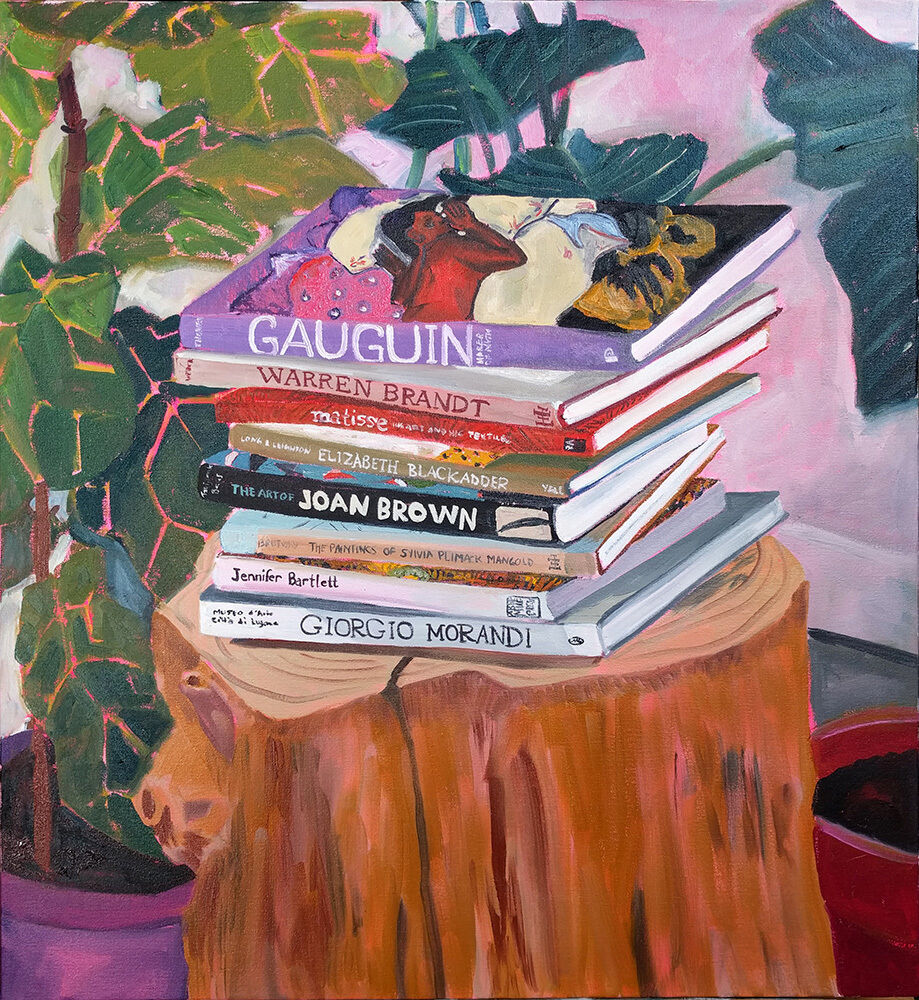
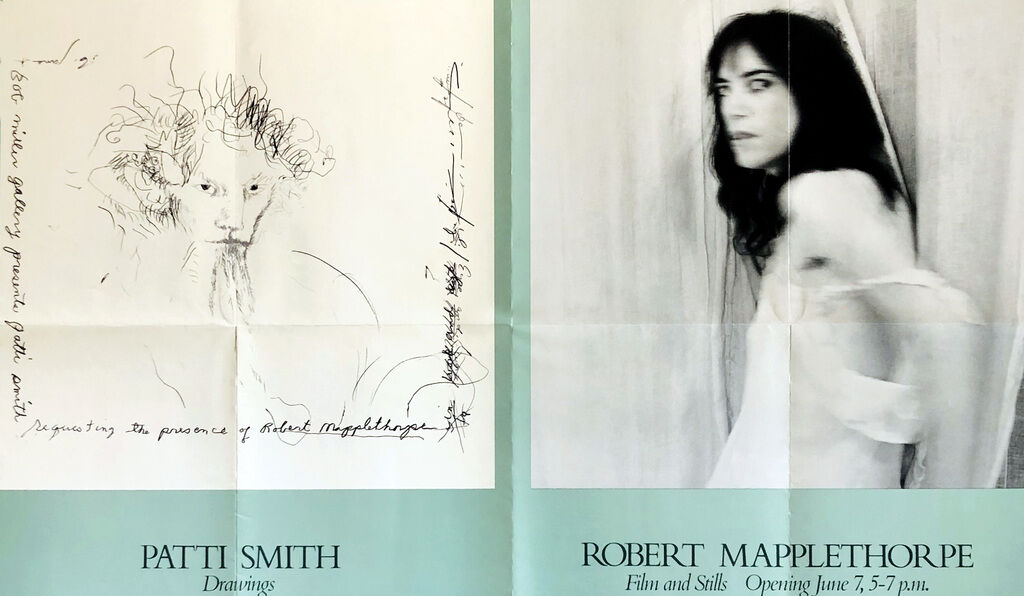


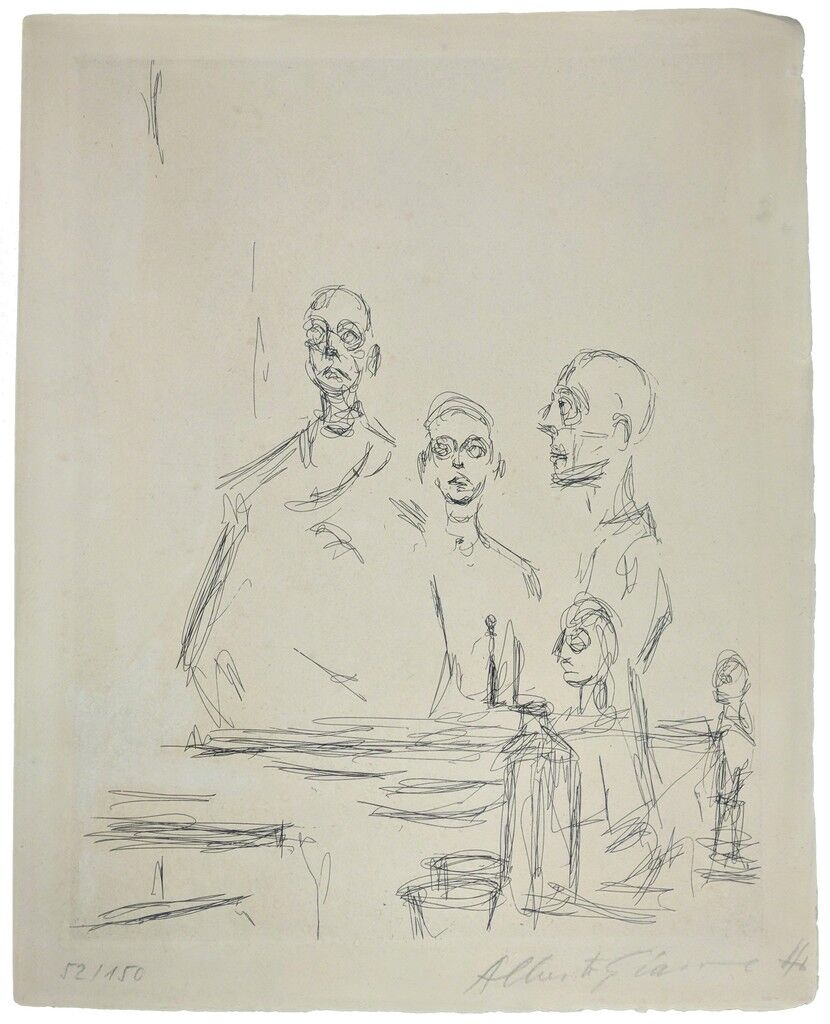
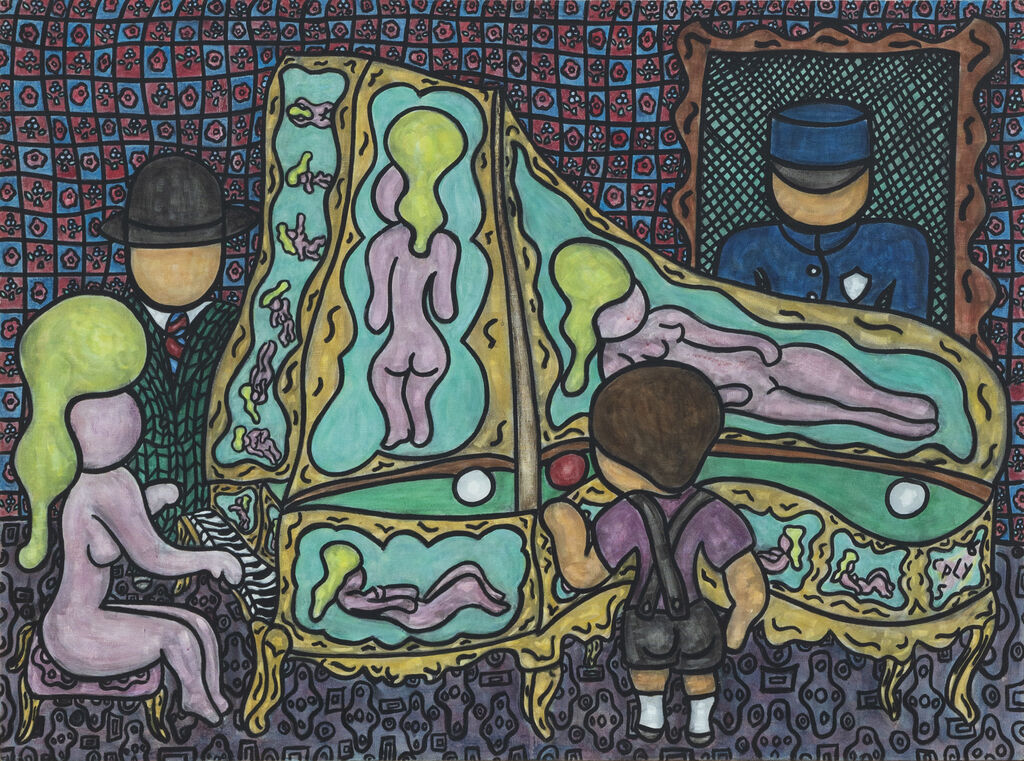
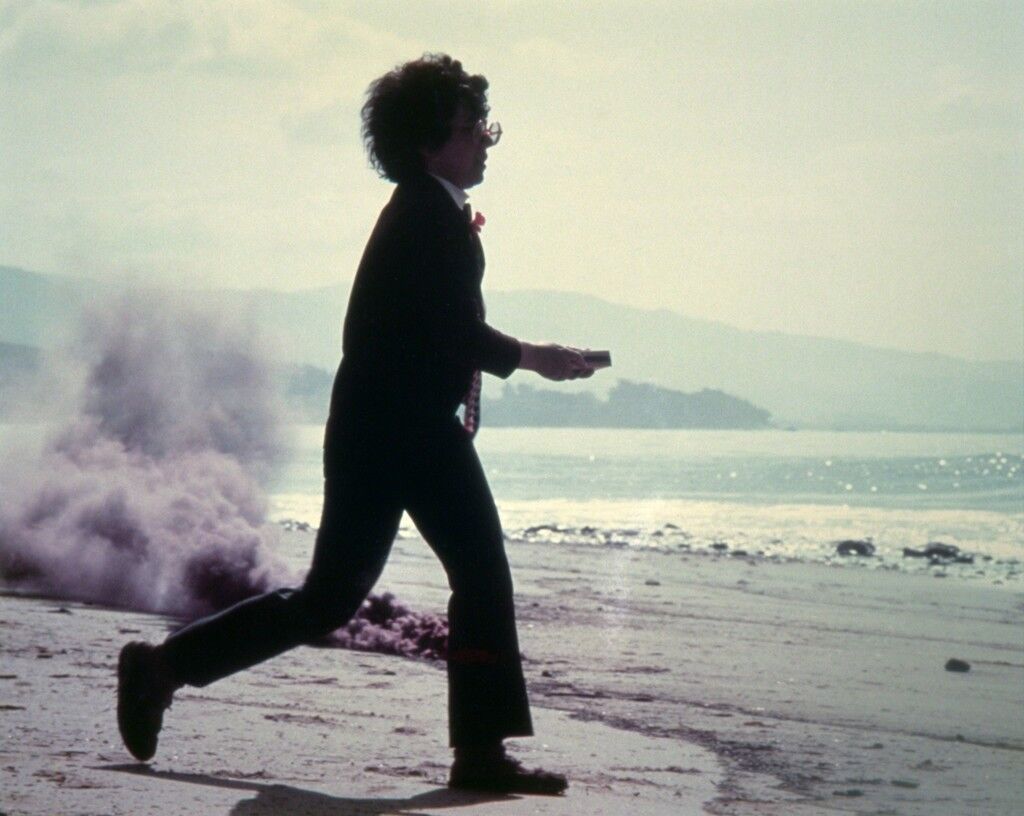
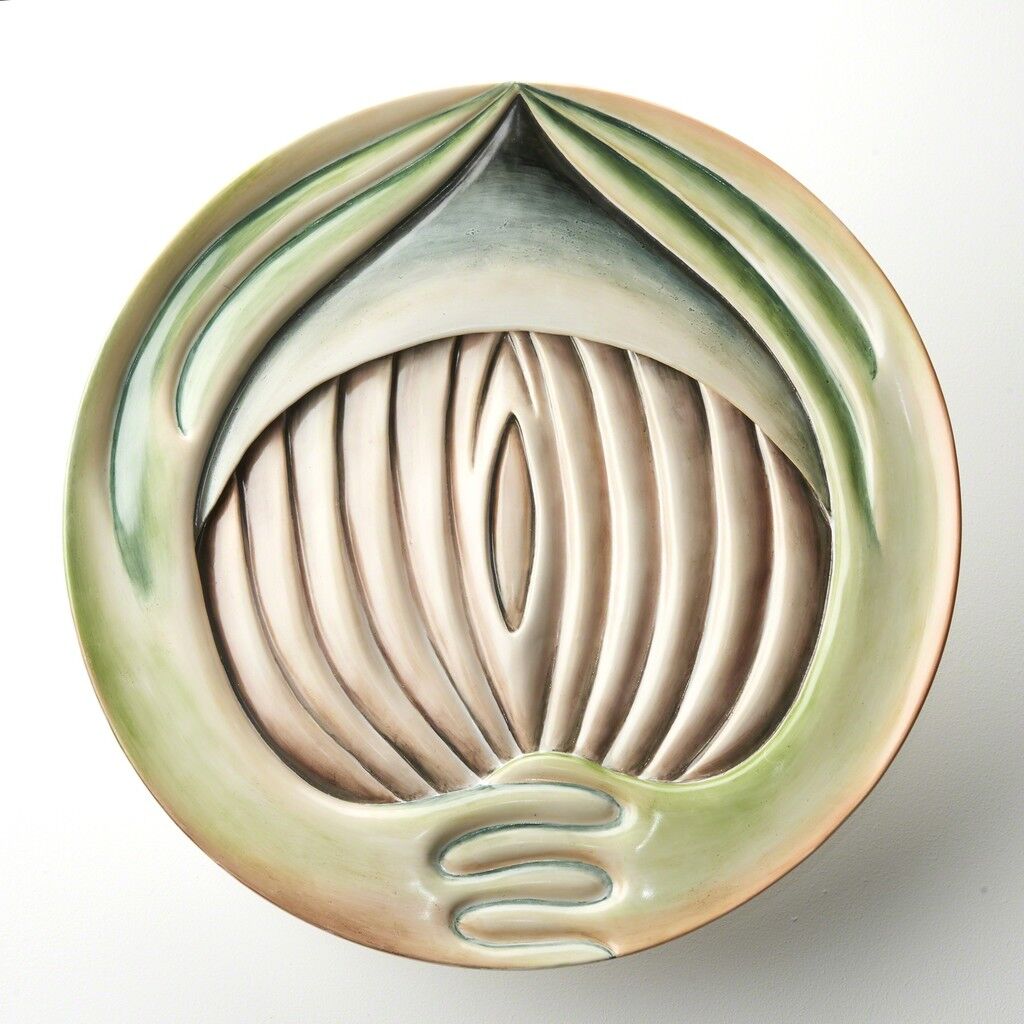
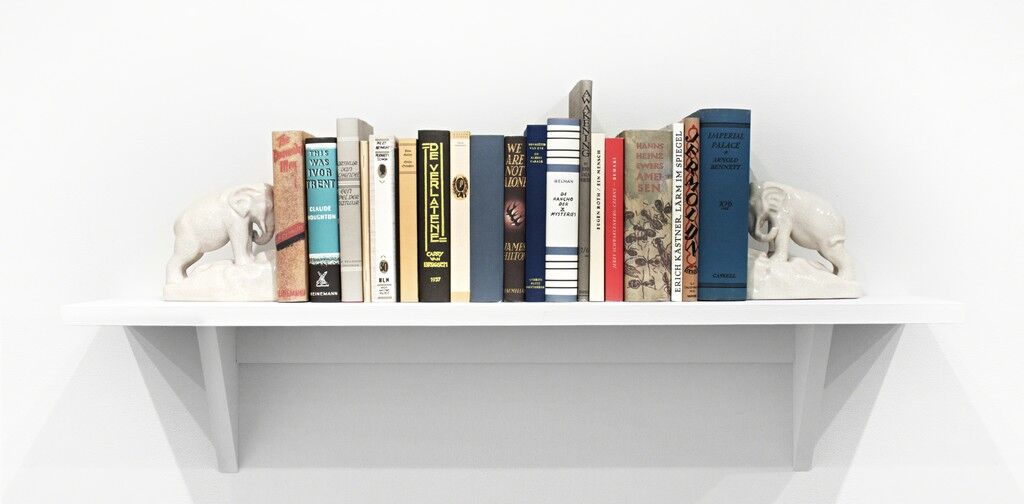



No comments:
Post a Comment